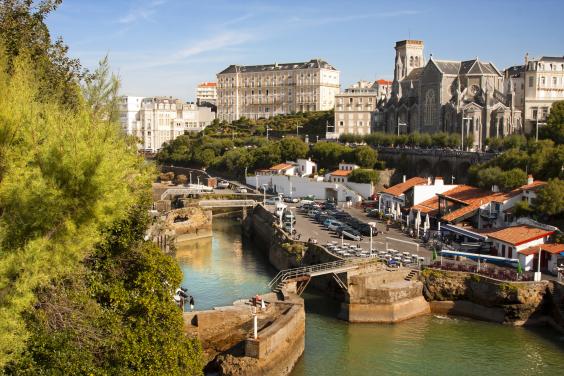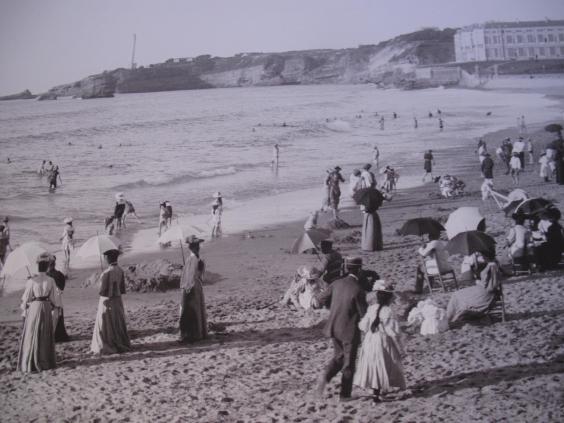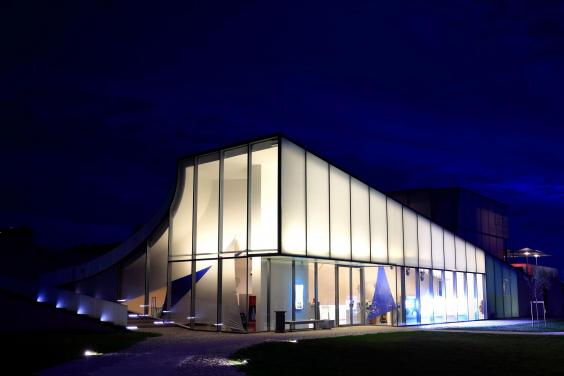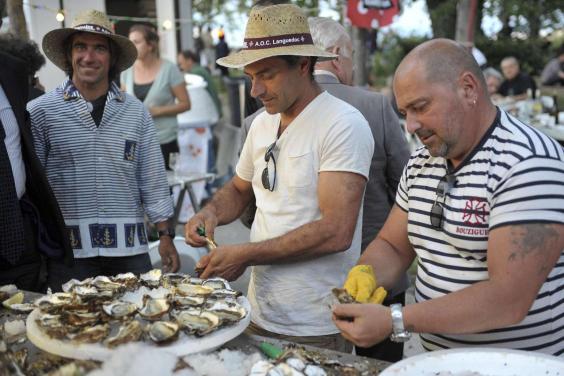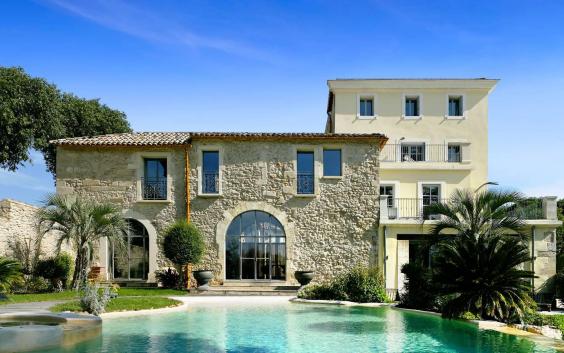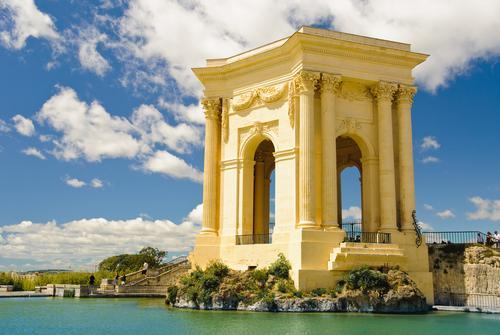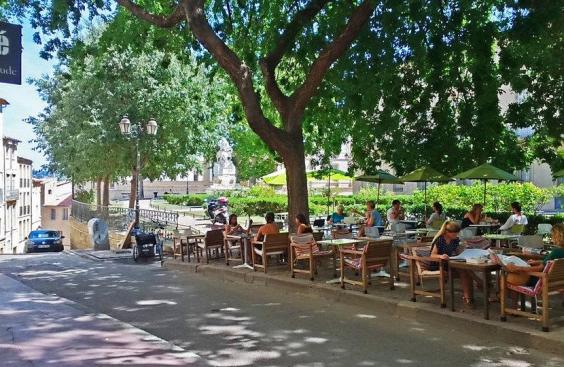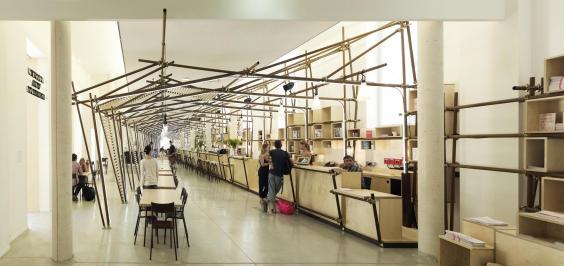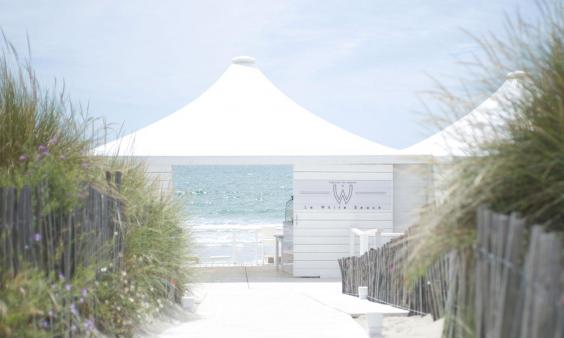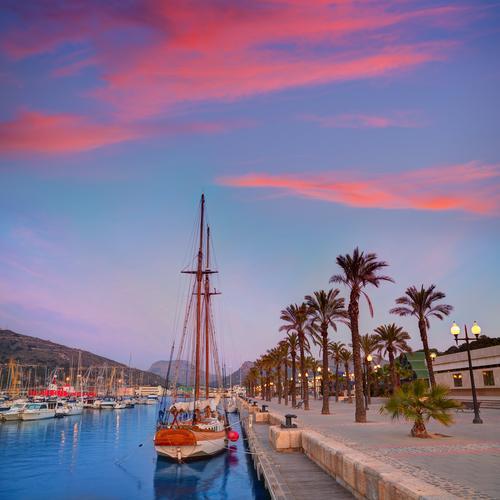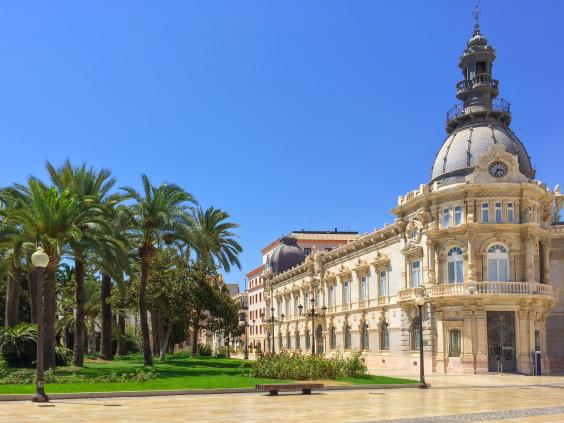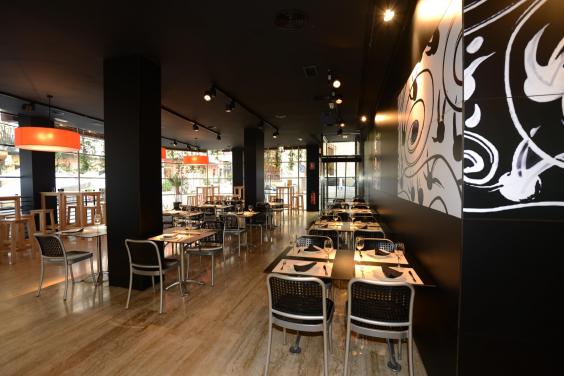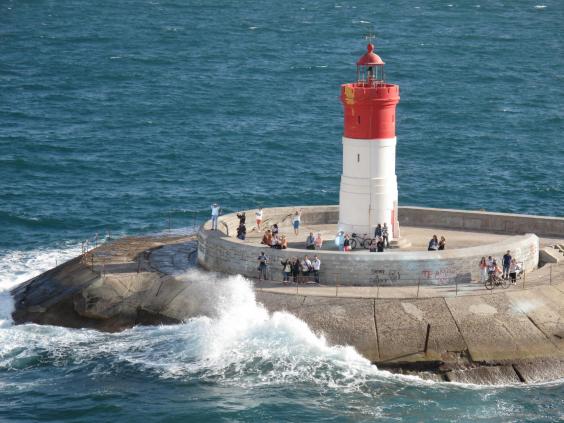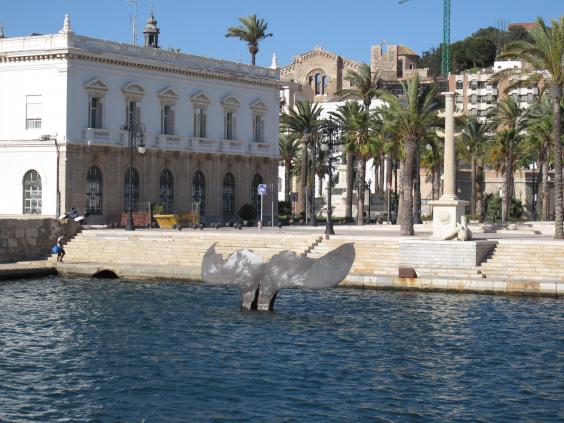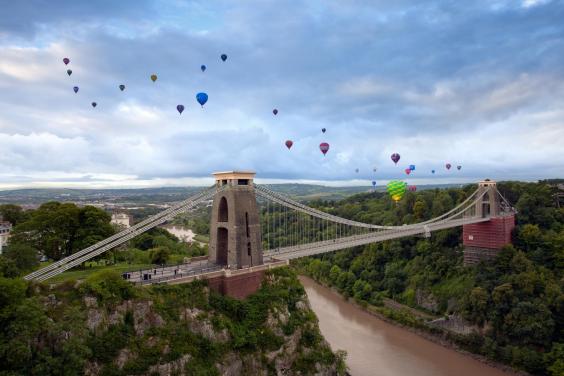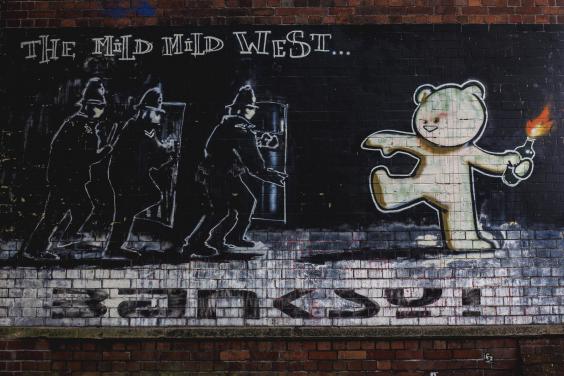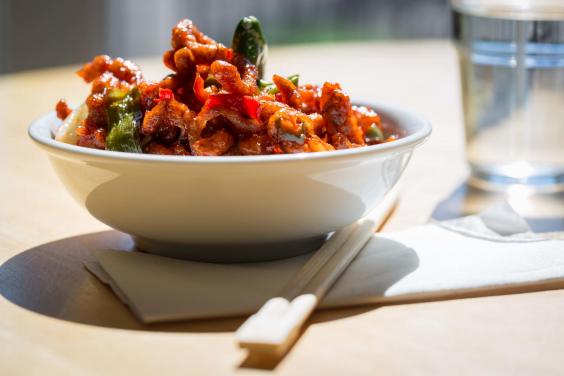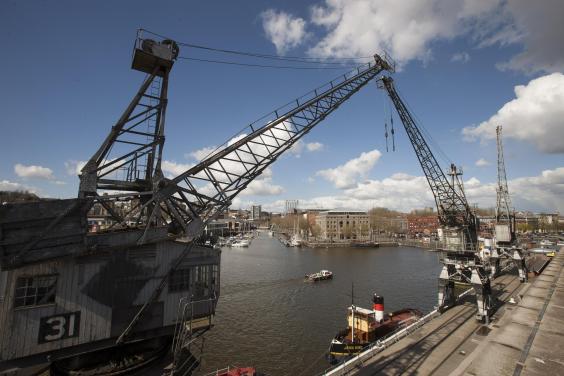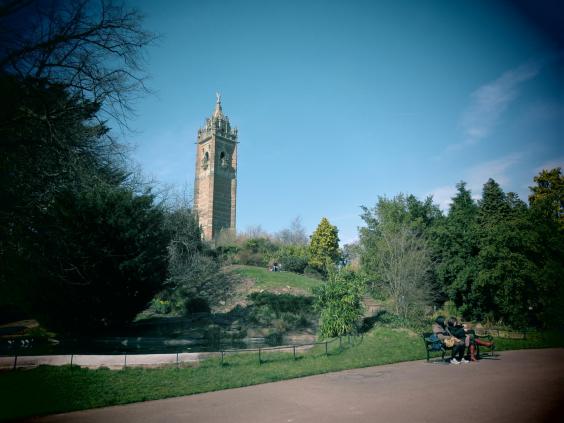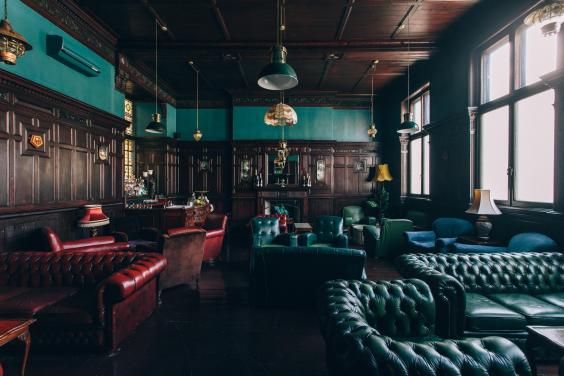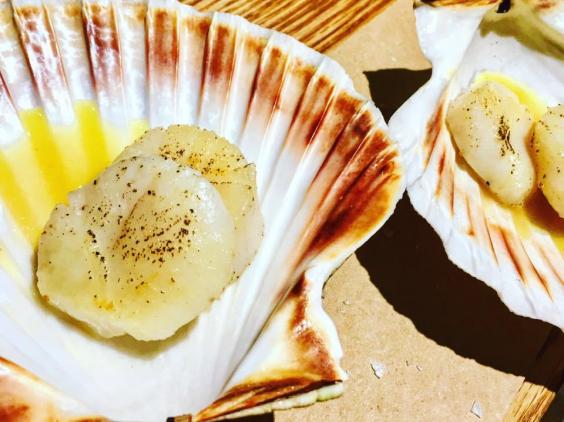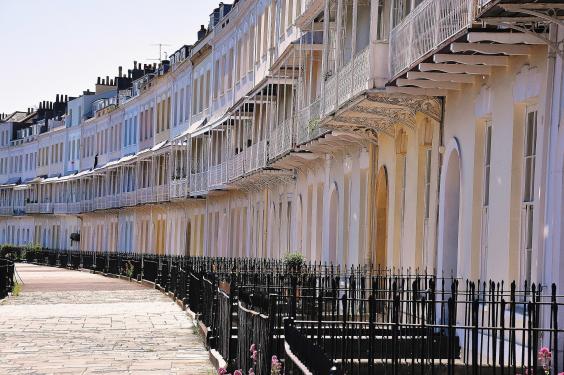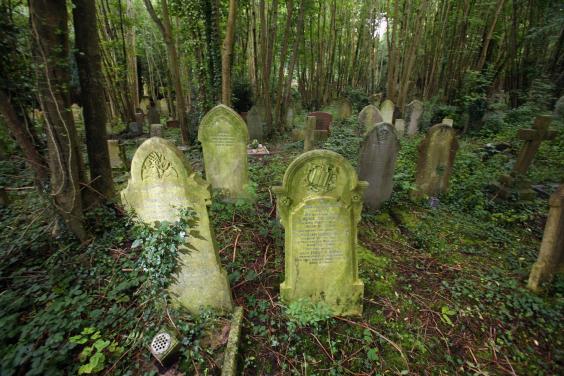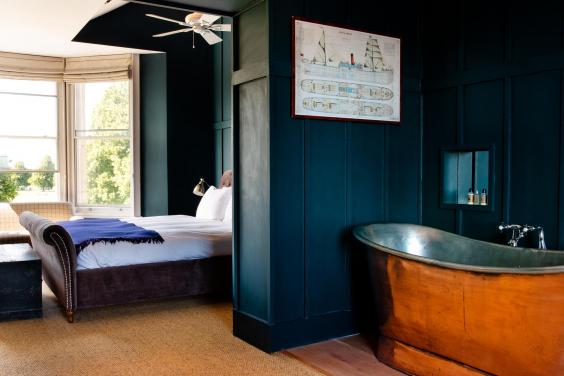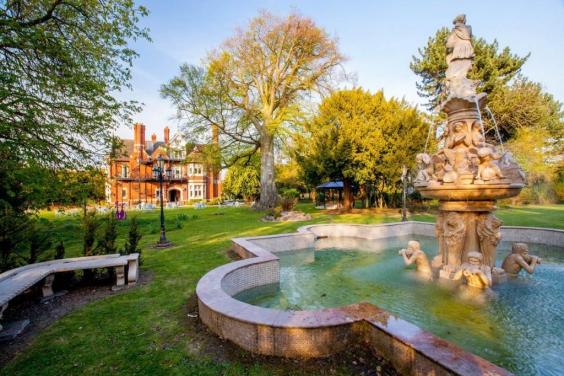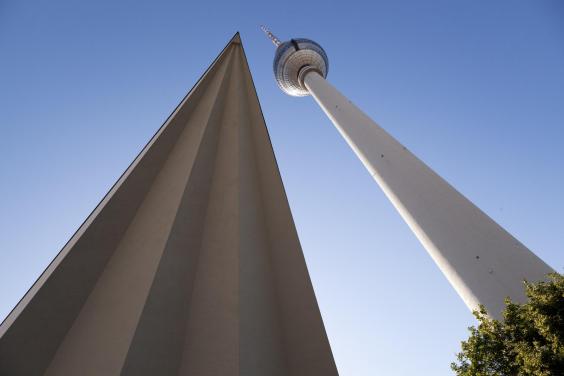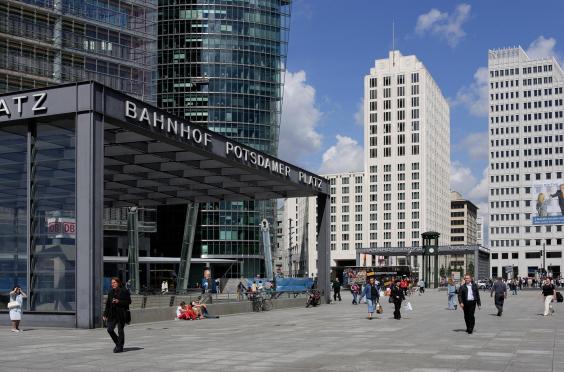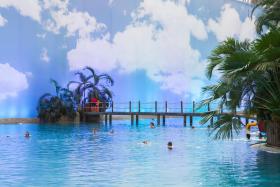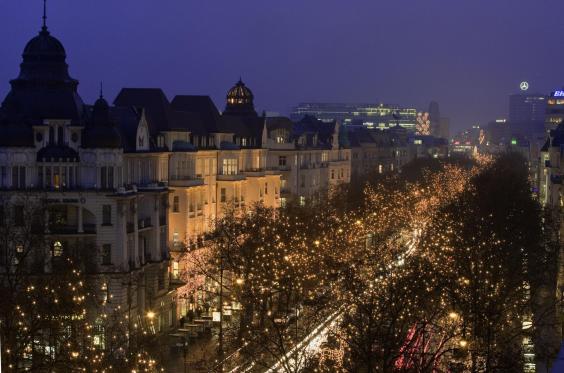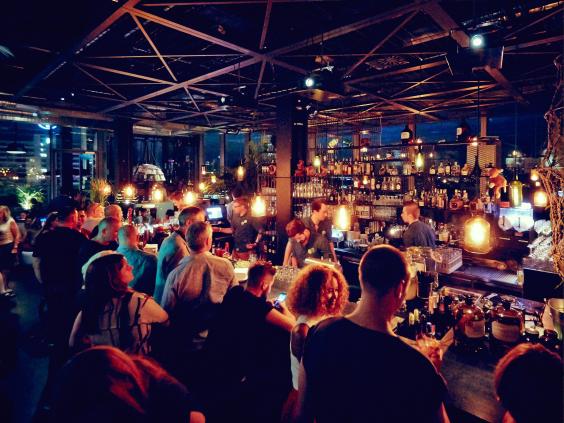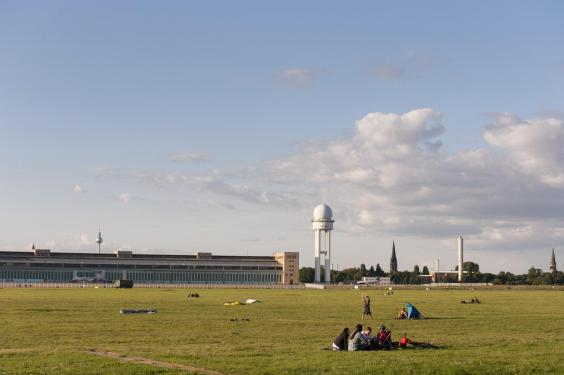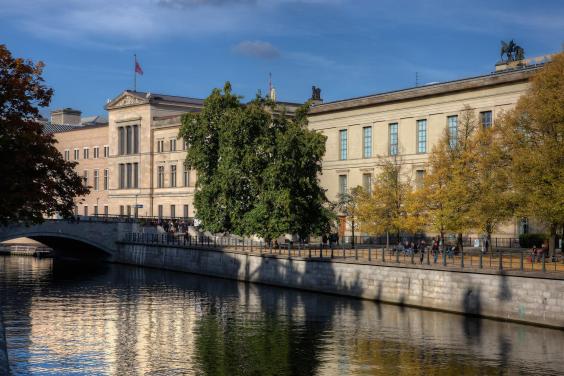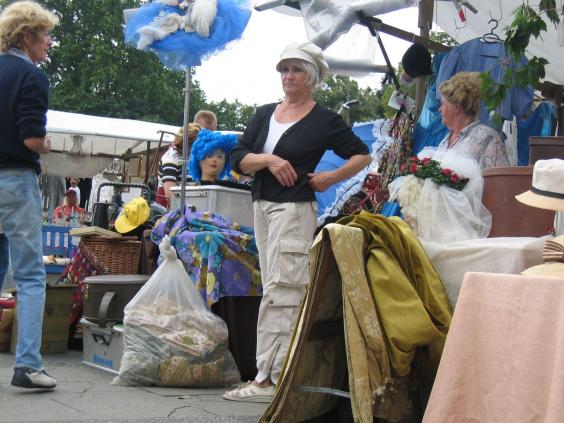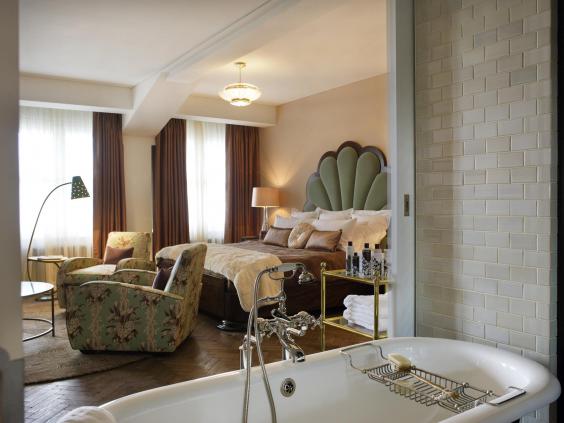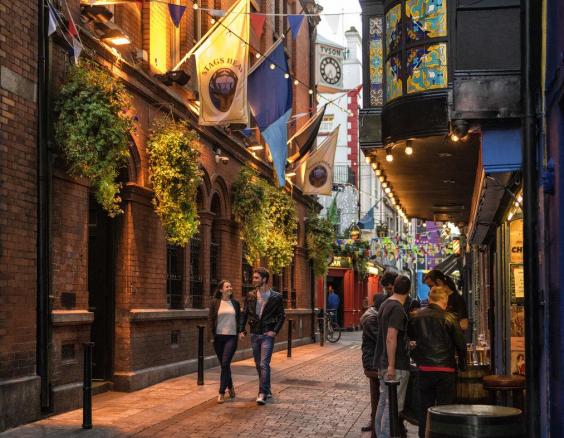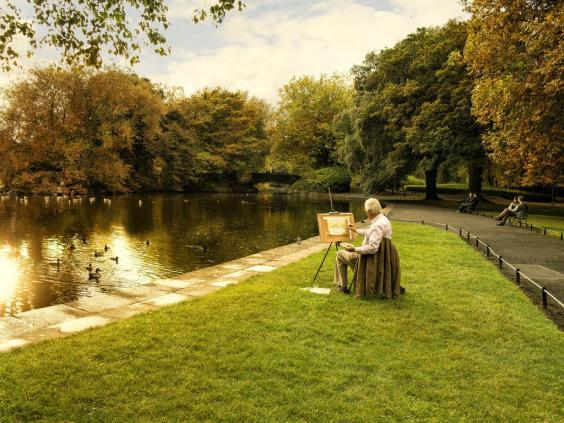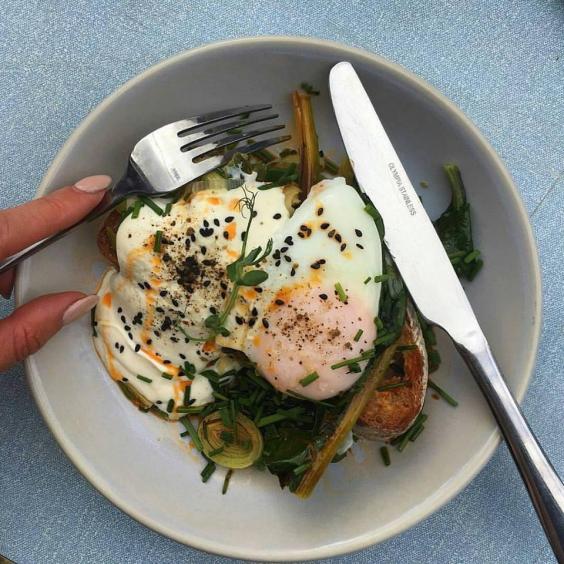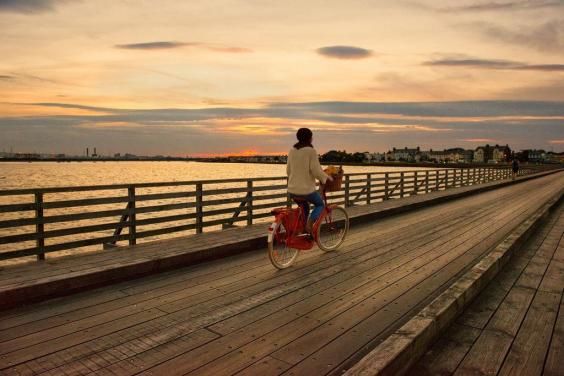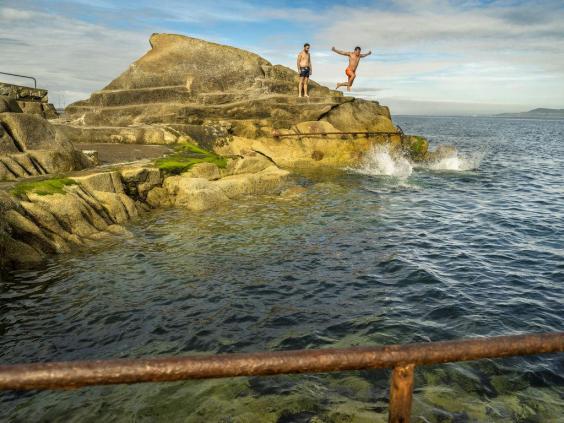Why go now?
Valencia may not immediately spring to mind when thinking about a foodie break, but the city – and indeed the whole Valencia region – is one of the top gourmet destinations in Spain with gastronomic events throughout the year. During Valencia Restaurant Week (valenciacuinaoberta.com), running from 30 March until 9 April, more than 50 restaurants offer three-course lunches for €20 and dinners for €30, with Michelin-starred places charging €35 for lunch and €45 for dinner.
What’s more, there are new flights to get you there. Ryanair started a new route from Glasgow last weekend, and a Monarch flight from Birmingham begins on June 22nd.
Get your bearings
Although Valencia is the third largest city in Spain, the main monuments and shops are walkable in a 20-minute radius around the Plaza del Ayuntamiento (1). You’ll need to get the metro or a bus to the beach – Playa de la Malvarrosa (2) is six kilometres away.
The main tourist office (3) is at Paz 48 (open 9am-6.50pm Monday to Saturday; 10am-1.50pm (00 34 963 986422; visitvalencia.com). The Valencia Tourist Card (valenciatouristcard.com) is worth getting as it includes public transport plus discounts at museums and sights (€20 for 48 hours; 10% online discount).
Current exchange rate: £1 = €1.15
Day one
Take a view
Climb 207 steps to get to the top of the cathedral belltower (4) on Plaza de la Reina for sweeping views of ochre rooftops and glittering blue-tiled domes. It’s open daily 10am to 7.30pm April to October; admission €2.
Back at ground level, the cathedral’s swirling mix of Romanesque, Gothic and Baroque architecture is a bit bamboozling to say the least. Inside the church and its museum (museocatedralvalencia.com), there are paintings by artists including Goya and a chalice that’s supposedly the Holy Grail. Open 10.30am to 5.30pm daily except Sunday; admission €7.
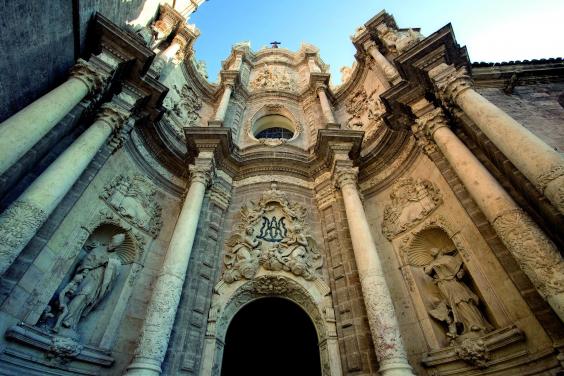
Take a hike
From the Cathedral, walk through the Plaza de la Virgen (5), which is surrounded by monumental buildings, including the Palau de la Generalitat, the grand 15th-century palace that houses the Valencian government.
Walk up Calle Caballeros (6) – a street flanked not only by elegant mansions but also by numerous bars and restaurants – to Plaza del Tossal (7), then turn left down Calle Bolsería until you reach La Lonja (8) in the Plaza del Mercado. The 15th-century silk exchange is one of the best examples of Gothic civil architecture in Europe and has World Heritage status. It’s open 9.30am to 7pm Monday to Saturday, when entry is €2; and 9.30am to 3pm Sunday (free entry).
Cross over to the vast Central Market (9) (mercadocentralvalencia.es) – maybe downing a Valencian orange juice at the bar outside. Look up to see the mosaics adorning the domes, then drool at the stalls, piled high with the fruit and vegetables grown in the market gardens around the city. It’s open 7am to 3pm Monday to Saturday.
Lunch on the run
At the market, grab a stool at the Central Bar (stalls 105-131; centralbar.es) and order one of the tasty rolls, such as the Canalla with spicy morcilla sausage (€5.30). The bar is run by Ricard Camarena (ricardcamarena.com), who has a Michelin star at his eponymous restaurant in the trendy Ruzafa district (10) and is also behind Canalla Bistro (11) and Habitual (12) in the city, all of which are taking part in restaurant week.
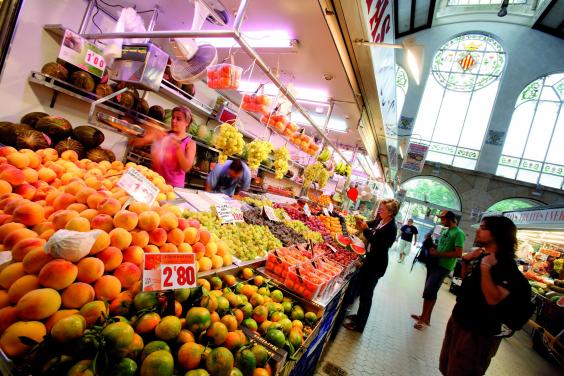
Window shopping
Most shops in the centre are open all day (until at least 8.30pm) although smaller places shut from 2pm to 5pm. From the market, head down Calle Trench to the circular Plaza Redonda (13) with stalls selling lace and haberdashery. Around the corner, Nela (14) (0034 963 923023; no web), at San Vicente Mártir 2, stocks exquisite embroidered silk shawls and handmade fans.
Start your search for summer sandals on Calle Colón (15), where shops include El Corte Inglés, Zara, Mango and Camper. For upmarket boutiques, dive off Colón into Calles Sorní, Cirilo Amorós and Jorge Juan streets. Look up at the elaborate decoration on many of the buildings, mostly dating from the turn of the 20th century.
Rest your feet with a coffee or a traditional horchata (tigernut tubers with crushed ice and sugar) at one of the cafés in the Art Nouveau Colón Market (16) (mercadocolon.es) on the corner of Jorge Juan and Cirilo Amarós.
An aperitif
Drop into Café de las Horas (17) (cafedelashoras.com) at Conde de Almodóvar 1, near the cathedral, where cheeky cherubs and swathes of red velvet create a baroque setting for a restorative jug of Agua de Valencia (cava, orange juice, gin and vodka; €10).
Dine with the locals
Slide across the road to Seu Xerea (18) (seuxerea.com), where Mediterranean produce gets a zingy Asian spin. During restaurant week, the special menu includes prawns with red curry and Japanese-style roast beef.
Or book ahead at Casa Montaña (19) (emilianobodega.com) at José Benlliure 69 in the Cabanyal, the old fishermen’s quarter by the sea, which is one of the best gastrobars in Spain. Cockles with seaweed and vermouth foam is one of the intriguing dishes on the restaurant week dinner menu.
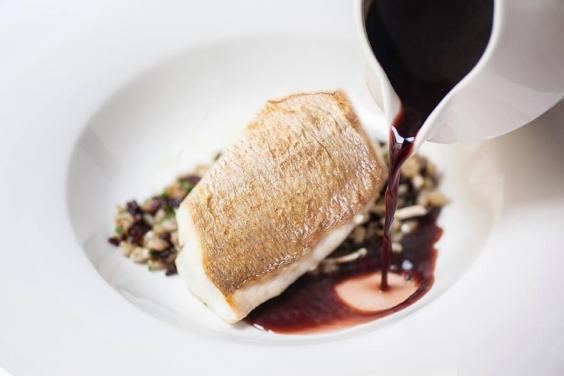
Day two
Out to brunch
The sacred almuerzo tradition in Valencia involves eating a sandwich or a tapa or two to prevent locals from fainting between breakfast and lunch. For a modern version, try La Más Bonita (20) (lamasbonita.com) at Cádiz 61 in Ruzafa, where the brunch menu includes a salmon, avocado and spinach roll (€8.50). Open from 8am daily.
A walk in the park
Valencians use the Jardines del Turia (21) like an outdoor gym. The park was created in the curving course of the river that flowed around the city until the 1950s, when it was diverted after severe flooding. If you feel like cycling rather than walking, rent a bike – or tandem – from Valencia Bikes at Passeig de la Petxina 32 (22) (valenciabikes.com; €5 an hour).
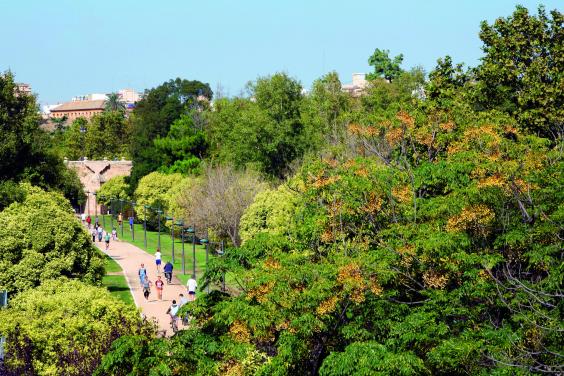
Cultural afternoon
The City of Arts and Sciences (23) (cac.es), designed by Santiago Calatrava (who was born in Valencia) is a mind-boggling complex of sculptural structures. The planetarium resembles a human eye, while the Príncipe Felipe science museum is a lopsided pavilion of concrete columns. The Palau de les Arts opera house looks like a cycling helmet with a fishbone arching over the top. With swooping parabolic arches, the Oceanogràfic is an elegant aquarium with belugas, walruses and sharks. The complex is open from 10am until dusk (check website for seasonal hours); entry costs €8 per museum or €37.40 for a general pass.
Take a ride
From the City of Arts and Sciences, get a number 19 bus from Plaça d’Europa (24) down to the Mediterranean, where the beach extends north as far as the eye can see, with cafés and restaurants lining the promenade. A single ticket costs €1.50.
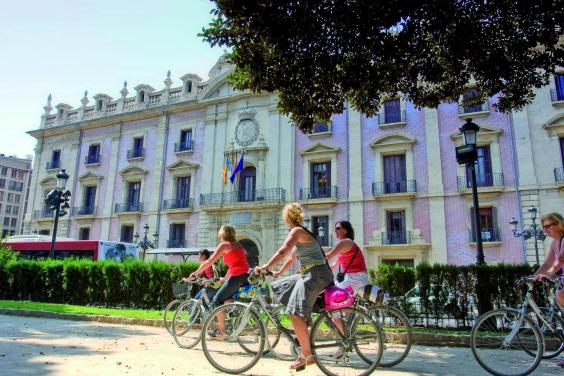
The icing on the cake
You have to eat paella when in Valencia – always for lunch rather than in the evening – and preferably by the sea. “Paella valenciana” includes chicken or rabbit, several varieties of beans and sometimes snails. For a seafood version, order a paella de marisco. On the promenade, the legendary La Pepica (25) (lapepica.com) is where Ernest Hemingway used to hang out when it was simply a shack on the beach (paella from €14.40pp). For something more low-key, keep walking to the family-run Casa Ripoll (26) (casaripoll.com).
Travel essentials
Getting there
British Airways (ba.com) flies to Valencia from Gatwick from £86 return; easyJet (easyjet.com) from Gatwick and Luton from £60 return); Ryanair (ryanair.com) from Stansted, Manchester, East Midlands, Glasgow and Dublin from £40 return. Monarch (monarch.co.uk) starts flying from Birmingham in June from £50 return.
A taxi to the centre takes around 20 minutes and costs about €25. The metro (metrovalencia.es) takes 20-25 minutes and costs €3.90 – free with a Valencia Tourist Card, which you can buy from a machine at the airport tourist office or collect if you have bought one online in advance.
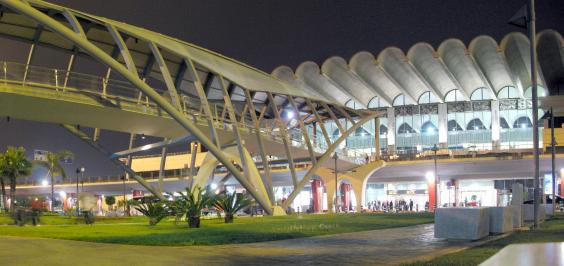
Staying there
The five-star Hospes Palau de la Mar (27) (hospes.com), in an elegant 19th-century palace, has soothing minimalist rooms, a superb spa and is close to the Jardines del Turia and the shops. Doubles from €248, B&B.
The pretty Balandret (28) (balandret.com) is right by the beach with 21 rooms in shades of blue and grey and a good restaurant. Doubles from €100, B&B.
With a handy location on the central Plaza del Ayuntamiento, the Casual Valencia Vintage (29) (casualhoteles.com) has chic rooms – all different and some big enough for families - featuring retro artworks. Doubles from €70, B&B.
